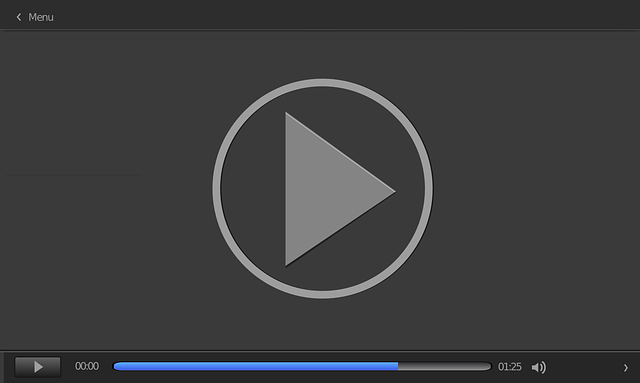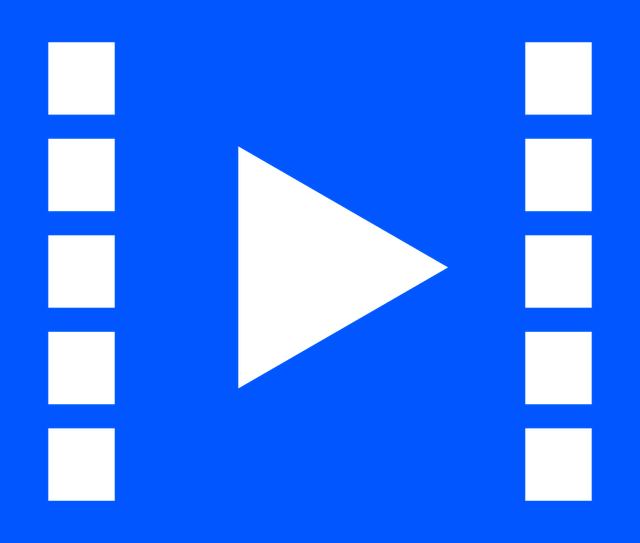In today's digital world, ensuring multimedia content compatibility across diverse devices is crucial for a smooth user experience. Converting file formats like DivX to MOV offers significant advantages by bridging device and platform gaps, allowing users to access and enjoy videos seamlessly. This process simplifies complex interactions between hardware and software configurations, saving time and effort. Modern conversion tools make the process straightforward, enabling users to effortlessly convert DivX to MOV for compatibility across smartphones, tablets, and modern media players.
In today’s diverse digital landscape, seamless device integration is paramount. Navigating compatibility challenges can be a cumbersome task, especially with varying file formats. This article explores how converting DivX to MOV format enables effortless cross-device compatibility. We delve into the role of file conversion, introduce DivX and MOV, highlight the benefits of seamless integration, provide a step-by-step guide for converting DivX to MOV, and share real-world success stories.
Understanding Device Compatibility Challenges

In today’s digital era, where multimedia content is abundant, understanding device compatibility challenges is crucial for a seamless user experience. When it comes to converting and transferring files, such as converting DivX to MOV, users often face difficulties ensuring their media can play on all desired devices. The issue lies in the vast array of device manufacturers and models, each with unique hardware and software configurations.
This complexity results in compatibility issues, where a file format that plays smoothly on one device might not work on another. For instance, while DivX is known for its high-quality video compression, it may not be supported out of the box on newer smartphones or tablets. Similarly, MOV, the popular Apple-owned format, might struggle to play on devices running other operating systems. Navigating these challenges requires a deep understanding of device capabilities and compatibility standards, ensuring that multimedia content creators can deliver files that integrate seamlessly across various platforms.
The Role of File Conversion in Integration

In today’s interconnected world, seamless device integration is paramount for efficient content sharing and consumption. A critical aspect facilitating this integration is file conversion technology. For instance, converting DivX to MOV format allows users to ensure their videos are compatible with a wide range of devices and platforms. This process enables smooth playback on smartphones, tablets, and modern media players, breaking down compatibility barriers.
By converting video files, users can leverage the full potential of integration without worrying about format limitations. It’s not just about convenience; it’s about unlocking access to a unified multimedia experience across different devices and operating systems. This ensures that content remains accessible and enjoyable, regardless of the user’s setup.
Introduction to DivX and MOV Formats

DivX and MOV are two popular video formats, each with its unique advantages. DivX, known for its high compression rates, maintains excellent video quality while significantly reducing file sizes. This makes it ideal for online streaming and downloading, where efficient data transfer is crucial. On the other hand, MOV (also known as QuickTime) offers a more versatile container format that supports a wide range of codecs, audio tracks, and subtitles, making it suitable for professional video editing and multimedia applications.
Converting DivX to MOV can be beneficial in various scenarios. For instance, if you have an old library of DivX videos that you want to play on modern devices or edit using specialized software that only supports MOV, a straightforward conversion process becomes essential. This simple step allows for seamless integration with various devices and platforms, ensuring your video content remains accessible and adaptable.
Why Choose Seamless Integration? Benefits Unveiled

In today’s digital era, where multimedia content is ubiquitous, the ability to seamlessly integrate devices is a game-changer for users. When considering how to convert DivX to MOV, for instance, seamless integration becomes paramount. Choosing this approach offers numerous benefits that enhance your overall experience. By enabling smooth interaction between various devices and formats, you gain accessibility across multiple platforms without compromising quality or efficiency.
Seamless integration simplifies complex processes like converting video formats, ensuring compatibility with your smartphone, tablet, or computer. This not only saves time but also eliminates the hassle of dealing with incompatible files. Ultimately, it empowers users to focus on enjoying their content rather than navigating technical hurdles.
Step-by-Step Guide: Converting DivX to MOV

Converting DivX to MOV is a straightforward process, especially with modern technology that facilitates seamless integration between various devices and formats. Here’s a step-by-step guide to help you achieve this conversion efficiently.
1. Select Your Conversion Tool: Choose a reliable video converter that supports both DivX and MOV formats. Many free or premium options are available online, ensuring compatibility with different operating systems. A reputable tool will offer high-quality output while preserving the original quality of your video.
2. Import Your DivX File: Open the conversion software and navigate to the ‘Add’ or ‘Import’ section. Locate and select your DivX video file from your device’s folder. This step is crucial for ensuring a smooth conversion process, as it allows the software to access and analyse your original video data.
3. Choose MOV as Output Format: After importing, look for settings or profiles that allow you to specify the desired output format. Select ‘MOV’ as your preferred format. This choice ensures compatibility with various Apple devices and editing software, making it a versatile option for post-conversion use.
4. Adjust Settings (Optional): Depending on your needs and the quality requirements of your final product, tweak available settings. You may adjust video resolution, frame rate, or even audio options if desired. However, maintaining the original quality is often best to avoid unnecessary compression issues.
5. Start Conversion: Once you’re satisfied with the settings, initiate the conversion process. The software will process your DivX file and output a new MOV version. This step may take some time, depending on the video’s length and your system’s capabilities.
Real-World Use Cases: Successful Integrations

In real-world scenarios, seamless device integration has proven to be a game-changer in numerous industries. For instance, in media production and editing, professionals often deal with various file formats and devices. A solution that enables smooth conversion, such as converting DivX to MOV, is invaluable. This integration ensures that users can effortlessly transfer and edit videos without format barriers, streamlining workflows and saving time.
For content creators and video editors, this means they can collaborate more effectively, regardless of the hardware or software preferences of their team members. For example, a post-production house might use a range of devices, from high-end workstations to mobile editing tablets. With seamless integration, they can work on projects without format compatibility issues, ensuring a consistent and efficient process from start to finish.
Seamless integration between devices is no longer a challenge thanks to the simple yet powerful process of converting DivX to MOV. By understanding compatibility issues and leveraging file conversion techniques, users can ensure their media content is accessible across various platforms. The article has explored this transition, highlighting its benefits and providing a practical guide for successful integrations. Adopt this approach to enjoy a unified multimedia experience without any format barriers.
